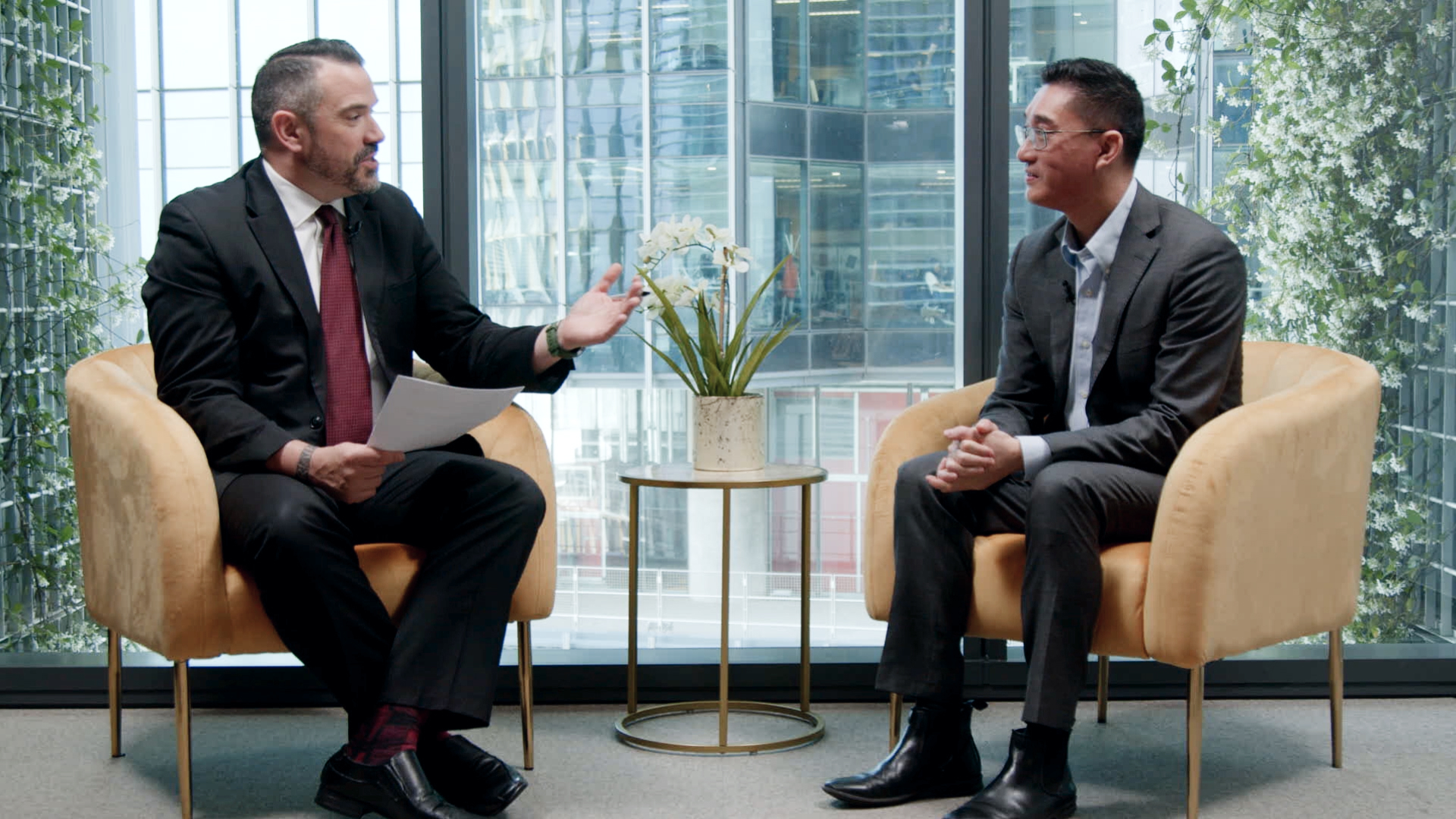How to build an investment model - one brick at a time
Note: this interview was recorded Wednesday 23 October, 2024
With Christmas around the corner, every parent and grandparent will be turning their attention to what presents to buy children. Invariably, LEGO will be on the shortlist.
It is amazing to think that simple plastic bricks have built an empire worth $15 billion. Of course, the magic does not lie in the individual bricks themselves. The value lies in what these bricks can create.
You may well be asking - what on earth does that have to do with investing? More than you would think when it comes to Macquarie Asset Management’s systematic approach.
As Head of Systematic Investing, Benjamin Leung explains the individual factors that go into creating investment models are not where the value lies.
“Each factor is only one piece of the puzzle”.
“What is ultimately valuable is the insight and the meaning that we're able to derive from the signals to create a cohesive story and cohesive understanding of how the market is functioning”, says Leung.
Leung adds that he and his team use 30 billion data points to help make investment decisions, and each of those data points and factors has been rigorously interrogated to ensure they are robust. Furthermore, the team is constantly refining the playbook.
“Our mission is to create a playbook that has probabilistic views, but also one that is up to date with current investor behaviour”, says Leung.
In the following episode of The Pitch, Leung explains how the team identifies the valuable bricks (factors) from those that are less so, and how they come together to build a model that has a history of consistency and outperformance.

Edited transcript
Chris Conway: Whether fundamental or technical analysis or relying heavily on data, all investors are looking for an edge. What sort of edge does a systematic approach provide?
Benjamin Leung: That's an interesting question. I do think that there's something unique with the systematic approach. And you're right, I think, it would be remiss to say that no other investors use data. But what systematic brings in that context is a number of things.
At scale, for our investment process, every investment decision is looking at a huge amount of data. I had a quick look at a database coming here. We're utilising 30 billion data points as we make an investment decision for our clients.
The second thing is robustness. Our process and our principle are very much about eliminating noise and focusing on what is statistically important, making sure that we're clearing the weeds and narrowing [down] what actually influences investors' behaviour in delivering excess return.
And then lastly, which is really important in our systematic process, is the mindset of evolution. Every single moment of market experience, whether that be COVID or the GFC, whether we're outperforming or underperforming, helps us refine that playbook.
Ultimately, our mission is to create a playbook that has probabilistic views, but also one that is up to date with current investor behaviour.
Chris Conway: You've talked about assembling data being a greater value add than any silver bullet super signal. Can you just explain why that is the case, and then how you go about sorting the important data from the less important data?
Benjamin Leung: I was thinking about analogies. How do you relate that to your listeners? And if I think about it as a LEGO set, each one of those factors is a LEGO brick, and each LEGO brick is pretty unimpressive. But of course, there are valuable bricks or special bricks.
Where LEGO creates value, and why you pay a premium for it, is ultimately in the art and craft of bringing those bricks together to create a model.
And in the same way, each factor is only one piece of the puzzle. What is ultimately valuable is the insight and the meaning that we're able to derive from the signals to create a cohesive story and cohesive understanding of how the market is functioning.
That enables us to think about how investors will behave going forward.
And as you alluded to, we've spent 30 years looking for these bricks, and we're refining our recipes to create realistic models. And we've got a very refined process of how we do that.
But if I distil that to one or two axioms, which I can share. Ultimately, it comes down to two things. When you receive a new piece of information, first of all, you have to assess whether it's actually material. I think we often forget that not all information is relevant. There's so much information coming at all of us.
Secondly, is it actually predictable? Is there evidence of it being predictive and that people are able to predict it? And if you are saying yes to both of those, that is when you have found something that might be informative to your process. Otherwise, we found that the evidence indicates that it's just simply noise.
Chris Conway: Ben, as an adult fan of LEGO, I very much appreciate that example. Thank you. Let's talk about alpha decay. Is there a need to constantly refresh existing edges, and then of course, hunt for new ones at the same time as well?
Benjamin Leung: Yeah, absolutely. Using the same LEGO analogy, bricks get old and then you need to replace them. Using the same LEGO analogy, you built what you thought looked like a car five years ago, and of course, it doesn't look like a car today.
You need to constantly update the model to reflect current market dynamics.
We feel that investor behavioural biases and fundamentals are pretty persistent, but how they express themselves in the prevailing market environment is just as critical.
Therefore, we spend a lot of time sharpening the edge. And in the same way that a fundamental investor would go about looking for new investment ideas, my team is looking for new strategies, new data sources, new ways to implement, and new ways to construct a portfolio, to really keep that edge sharp.
Chris Conway: Ben, what sort of alpha has a systematic approach been able to deliver since you've been running the strategy?
Benjamin Leung: You can see our track record online and then Livewire yourself has done a piece on the batting average and the consistency of the outcome, which we've been able to generate.
But the observation that our excess return is pretty targeted, the observation that our excess return is very consistent is something that we see throughout the suite of strategies that we run.
And we deploy the strategy, the systematic strategy across a whole range of investment universes in Australia, in developed markets, in emerging markets, up and down the risk spectrum, and we've seen the same features play out.
Chris Conway: Ben, thanks so much for sitting down with Livewire today.
Benjamin Leung: All right. Thanks for having me.


Discover Macquarie’s Core Equity Active ETFs
Macquarie Systematic Investments has spent over 30 years evolving a robust systematic process that has delivered long-term, consistent returns across a range of strategies for leading super funds and institutions, and now bring two core active ETFs to the Australian market.
Explore more at etf.macquarie.com.
3 topics
2 stocks mentioned
2 funds mentioned


